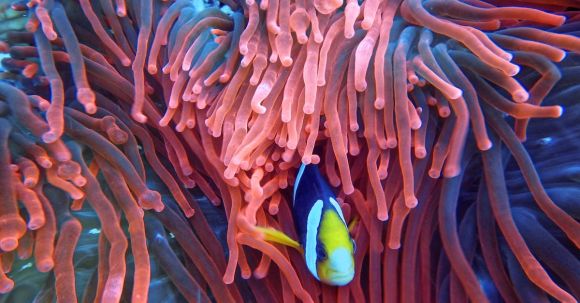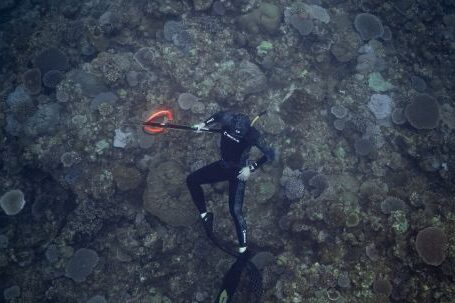Coral reefs are one of the most diverse and fascinating ecosystems on our planet. These underwater marvels teem with life, offering a glimpse into a world that is both beautiful and mysterious. From their vibrant colors to their intricate structures, there is much to discover and learn about coral reefs. In this article, we will dive into the secrets of these remarkable habitats and explore the incredible biodiversity they support.
The Importance of Coral Reefs
Coral reefs play a crucial role in supporting marine life and maintaining the health of our oceans. They provide shelter, food, and breeding grounds for countless species, including fish, crustaceans, and even sharks. Coral reefs also act as natural barriers, protecting coastlines from erosion and storm damage. Additionally, they are a significant source of income for many coastal communities through tourism and fishing.
The Underwater Rainforests
Coral reefs are often referred to as the “underwater rainforests” due to their immense biodiversity. Just like rainforests, coral reefs are home to a vast array of species, each with its own unique role in the ecosystem. From tiny polyps that build the coral structures to large predator fish that roam the reefs, every organism contributes to the delicate balance of life.
The Coral Builders
At the heart of every coral reef are the coral polyps. These small, soft-bodied creatures secrete a calcium carbonate skeleton that forms the foundation of the reef. Over time, these skeletons accumulate, creating the stunning coral structures we see today. Coral reefs are built by millions of polyps working together in colonies, with each individual polyp contributing to the growth and expansion of the reef.
A Colorful Underwater Wonderland
One of the most captivating aspects of coral reefs is their vibrant colors. The vivid hues of the corals are not only visually stunning but also serve a purpose. The colors are a result of a symbiotic relationship between the corals and tiny algae called zooxanthellae. These algae live within the tissues of the coral, providing them with essential nutrients through photosynthesis. In return, the corals provide the algae with a protected environment to thrive. This beautiful partnership is what gives coral reefs their breathtaking colors.
The Great Barrier Reef
No discussion about coral reefs would be complete without mentioning the Great Barrier Reef. Located off the coast of Australia, this natural wonder is the largest coral reef system in the world. Spanning over 2,300 kilometers, it is so vast that it can be seen from space. The Great Barrier Reef is home to thousands of species, including turtles, dolphins, and over 1,500 species of fish. It is a UNESCO World Heritage site and a popular destination for divers and snorkelers from around the globe.
Protecting Coral Reefs
Despite their immense beauty and importance, coral reefs are facing numerous threats. Climate change, pollution, overfishing, and destructive fishing practices are all taking a toll on these delicate ecosystems. It is crucial that we take action to protect and conserve coral reefs for future generations. By reducing our carbon footprint, practicing sustainable fishing, and supporting marine conservation efforts, we can help ensure the survival of these incredible habitats.
Conclusion: A World Worth Exploring
Coral reefs are a world of wonder, filled with biodiversity and natural beauty. They are not only a sight to behold but also a reminder of the interconnectedness of all life on Earth. By diving into the secrets of coral reefs, we can gain a deeper appreciation for the fragile ecosystems that exist beneath the waves. Let us continue to explore, protect, and marvel at the wonders of coral reefs, for they are truly a treasure worth preserving.





